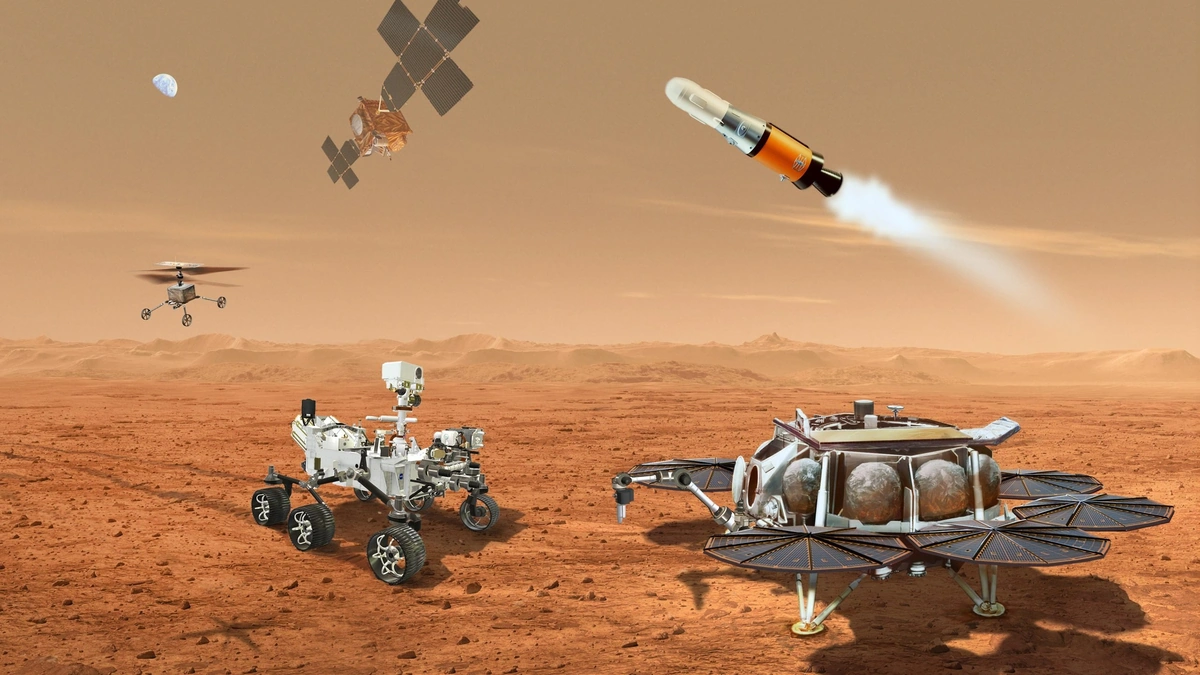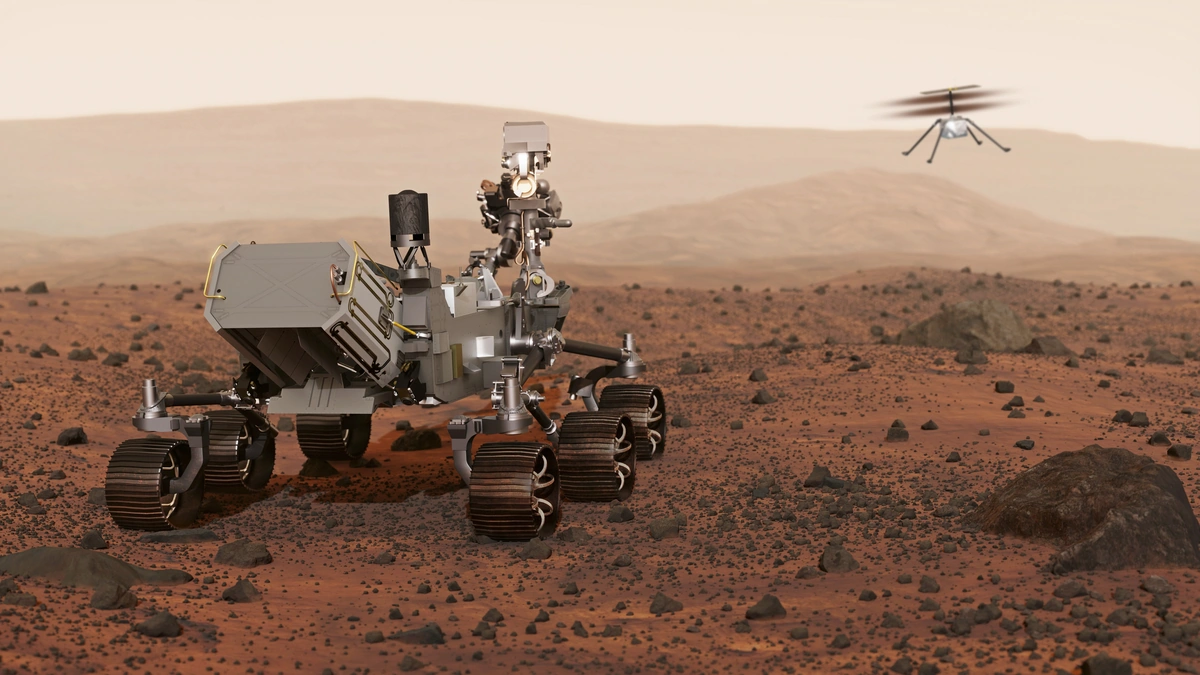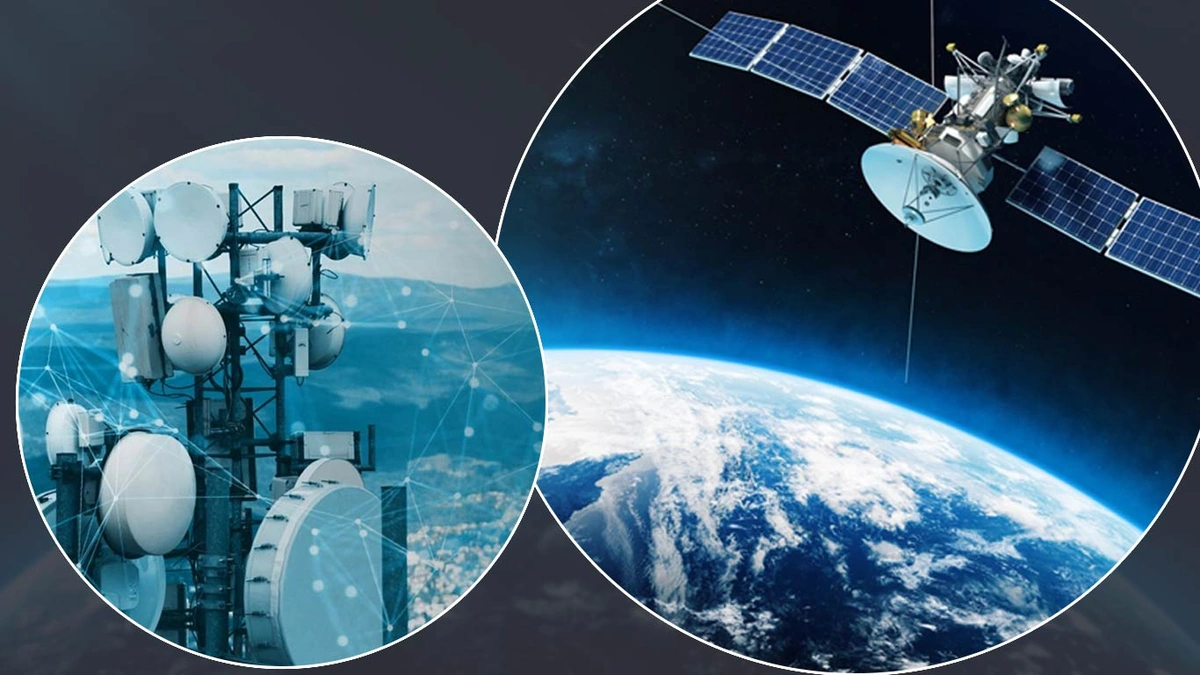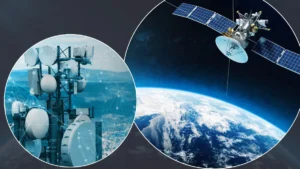Blue Origin Aims to Launch NASA’s Mars Mission
So, Blue Origin wants to take us to Mars? What fascinates me is not just that another player has entered the space race it’s why now, and what this means for humanity’s dream of becoming a multi-planetary species. Let’s be honest, the idea of humans on Mars has been relegated to science fiction for what feels like forever. But suddenly, it feels a bit more tangible, a bit more… real.
But before we start packing our bags for the Red Planet, let’s dive into the details. What’s Blue Origin’s plan? How does NASA fit in? And, perhaps most importantly, what hurdles stand in the way of this ambitious Mars mission ?
Why Blue Origin’s Ambition Matters

Here’s the thing: space exploration isn’t just about planting flags and collecting rocks. It’s about pushing the boundaries of human ingenuity, fostering innovation, and inspiring the next generation of scientists and engineers. A successful Blue Origin Mars mission can be a catalyst for technological advancements that trickle down into our everyday lives here on Earth. From improved materials science to more efficient energy production, the benefits are potentially enormous.
Consider the historical context. The Apollo program, for example, spurred the development of countless technologies, many of which we now take for granted. A similar effect could occur with a renewed focus on Mars. What’s also important is the commercial angle. Blue Origin, like SpaceX, represents a shift towards private companies playing a central role in space exploration. This injects competition and, hopefully, drives down costs, making space access more affordable for everyone.
And it’s not just about going to Mars; it’s about staying there. Establishing a permanent human presence on another planet requires solving some incredibly difficult engineering challenges. We’re talking about developing sustainable life support systems, radiation shielding, and the ability to produce resources locally. These are the kinds of problems that demand innovative solutions, and Blue Origin’s involvement could accelerate progress in these areas. According to NASA’s report on deep space habitation, creating sustainable environments is the key to prolonged missions.NASAis dedicated to advancing space exploration.
The Technical Hurdles | A Martian Mountain to Climb
Let’s be clear: getting to Mars is not a walk in the park (or a drive on the Martian surface ). The Red Planet is, well, red for a reason – it’s covered in iron oxide, basically rust. That’s just the beginning of the challenges. A common mistake I see people make is underestimating the sheer distance. Mars is, on average, 140 million miles away from Earth. That translates to a journey of several months, during which astronauts will be exposed to dangerous levels of radiation. The interplanetary journey itself is a huge challenge.
But, the environment on Mars is harsh. The atmosphere is thin and toxic, the temperature fluctuates wildly, and there’s no liquid water on the surface (at least not in easily accessible form). Building habitats that can protect astronauts from these dangers will require advanced materials and construction techniques. And then there’s the psychological aspect. Confined to a small space for months on end, astronauts will need to cope with isolation and stress. Selecting the right crew and providing them with adequate mental health support will be critical. These challenges underscore the complexity of a crewed Mars mission .
I initially thought this was straightforward, but then I realized the sheer scale of the endeavor. We’re talking about transporting massive amounts of equipment and supplies to another planet, assembling them in a hostile environment, and creating a self-sustaining base. It’s an undertaking on a scale that humanity has never attempted before.
NASA’s Role | Partnership and Collaboration
NASA isn’t just sitting on the sidelines; they’re a key partner in this endeavor. As per the guidelines mentioned in the information bulletin, NASA has been actively seeking collaborations with private companies to achieve its long-term goals for space exploration. Blue Origin’s involvement is part of this broader strategy. The space agency provides funding, expertise, and access to its facilities, while companies like Blue Origin bring their own resources and innovative technologies to the table. It’s a symbiotic relationship that benefits everyone involved. Zoho Founder Sridhar Vembu’s vision for space techis an example of such collaborations.
But, it’s not all sunshine and roses. There are potential conflicts of interest to consider. NASA needs to ensure that its partnerships with private companies are fair and transparent, and that the benefits of space exploration are shared equitably. There’s also the risk of duplication of effort. Multiple companies working on similar technologies could lead to wasted resources. Coordinating these efforts effectively will be crucial to maximizing the return on investment.
What fascinates me is how NASA’s expertise and resources can amplify Blue Origin’s capabilities, and vice versa. This collaboration is essential for pushing the boundaries of space exploration. The synergy between public and private sectors is crucial for sustainable progress.
The Long-Term Vision | A Multi-Planetary Future?
So, what’s the ultimate goal of all this? Is it just about visiting Mars and coming back? Or is there a grander vision at play? I think it’s the latter. The long-term goal, as I see it, is to establish a permanent human presence on Mars. This would require creating self-sustaining colonies capable of producing their own food, water, and energy. It’s a daunting task, but one that could ultimately ensure the survival of our species.
Let me rephrase that for clarity: Earth is a fragile planet. It’s vulnerable to natural disasters, climate change, and even asteroid impacts. Spreading humanity to other planets would diversify our risk and increase our chances of survival in the long run. It’s a form of insurance against existential threats.
But, what about the ethical considerations? Do we have the right to colonize another planet? What about the potential impact on any Martian life that might exist? These are important questions that we need to grapple with as we move forward. Colonizing Mars raises profound ethical questions about planetary stewardship and the potential displacement of any indigenous life forms.
And, the economic implications are also significant. The cost of colonizing Mars would be astronomical. But the potential economic benefits – from new resources to new technologies – could be even greater. It’s a long-term investment that could pay off handsomely in the future. Blue Origin wants to facilitate the growth of Mars base and its support.
Preparing for the Journey | Are You Ready?
The one thing you absolutely must double-check if you are going to Mars is your health, both physical and mental. Beyond the technology and engineering, the human element is paramount. A long-duration spaceflight requires a specific kind of person – resilient, adaptable, and able to work well under pressure.
And a sustainable human presence on Mars will require a diverse range of skills, from engineers and scientists to farmers and doctors. It will be a challenge to assemble a crew with the right mix of expertise. But the rewards could be enormous. Building a new civilization on another planet is an opportunity to create a better world, one that is more sustainable, more equitable, and more just. It’s a chance to learn from our mistakes and build a brighter future for humanity. Check out this iPhone made in space, if you are curious about how it’s going to be for future astronauts.
FAQ Section
What are the biggest challenges facing a Mars mission?
Radiation exposure, distance, harsh environment, and psychological effects on astronauts.
How long would it take to travel to Mars?
Approximately six to nine months, depending on the orbital alignment.
What resources would be needed to establish a permanent Mars base?
Water, food, energy, building materials, and life support systems.
What is the role of private companies like Blue Origin in Mars exploration?
To provide innovative technologies, reduce costs, and accelerate progress through competition.
Will there be a one-way trip to the red planet?
No, all astronauts will come back to Earth. However, colonization is the ultimate goal!
What is NASA’s Mars mission deadline?
NASA plans to send humans to Mars by the 2030s.
Ultimately, Blue Origin’s ambition is a reminder that the human spirit of exploration is alive and well. And it’s a challenge to all of us – to dream bigger, to push harder, and to never give up on the pursuit of knowledge and understanding. The future of space travel depends on continued progress. What an exciting prospect!













